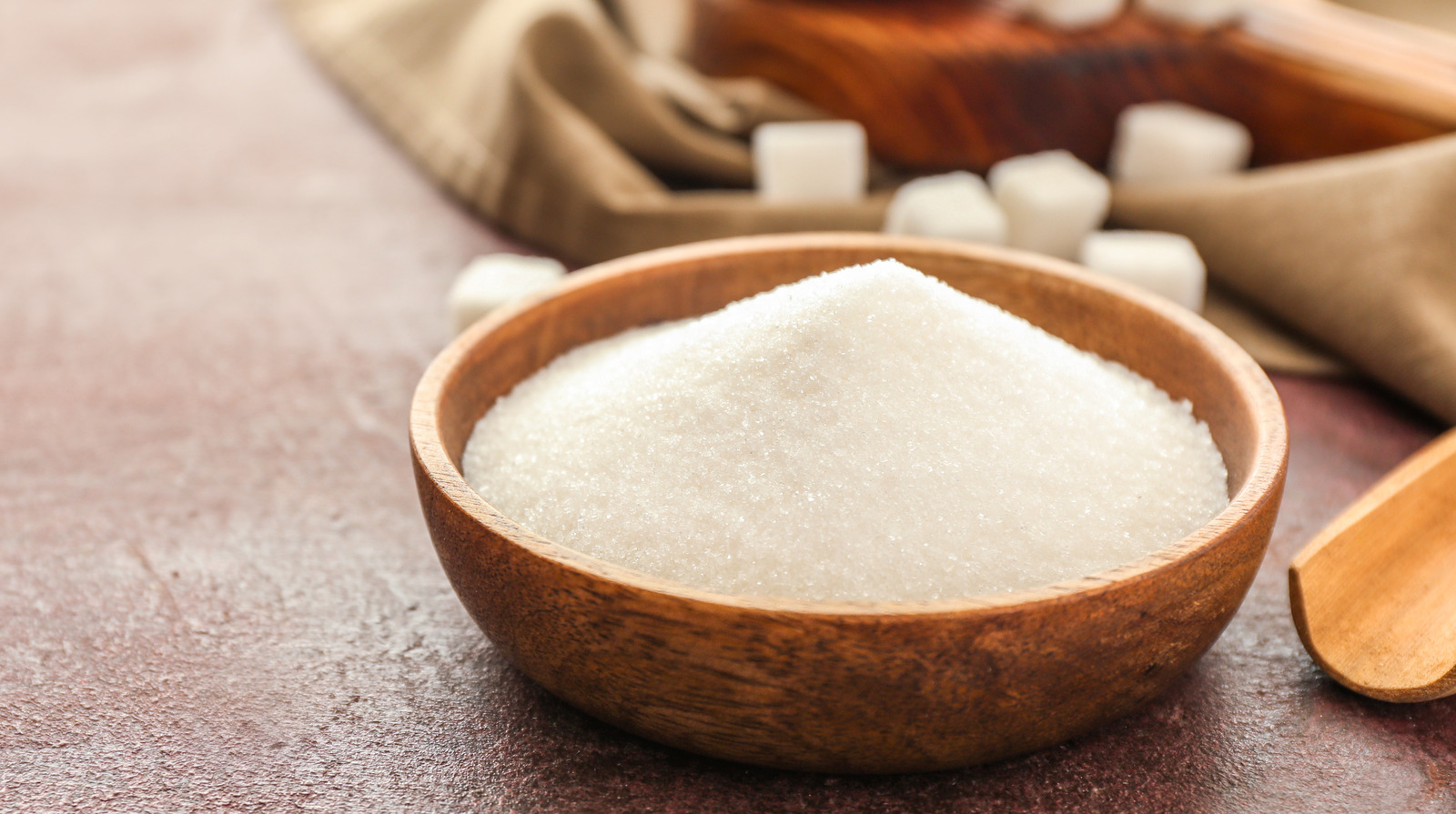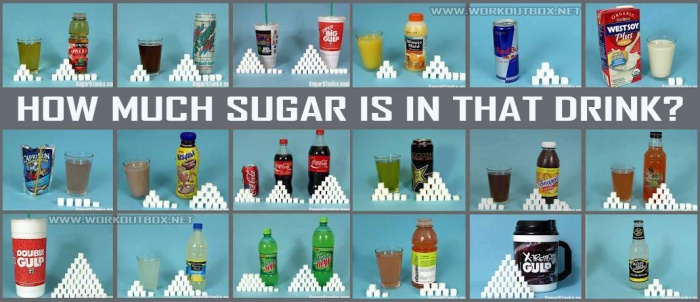45 what is sugar alcohol on food labels
What You Should Know About Sugar Alcohols - Cleveland Clinic "Sugar alcohols are a type of carbohydrate and have a chemical structure that's similar to sugar," says Bissell. Food manufacturers use sugar alcohols to sweeten their products while reducing calories. "They stimulate the tongue's sweet taste buds, adding flavor without extra sugar or calories," explains Bissell. Sugar Alcohols: Food Sources and Effects on Health Sugar alcohol. Foods they are present in. Unique benefits besides being a low-calorie intake. Lactitol. Lactitol is popularly evident in Ice-cream, cookies, medicinal syrups, chocolate, etc. One of the best advantages of this Sugar alcohol is for the treatment of constipation. Along with the benefits of low-calorie sweetness, it proves to be a ...
Sugar Alcohols: Food Sources & Effects on Health - WebMD Sugar alcohols are sweeteners that have about half the calories of regular sugar. They occur naturally in certain fruits and vegetables, but some are man-made and are added to processed foods. Many...

What is sugar alcohol on food labels
Understanding sugar content on food labels - Diabetes Care Community On a food label, the total amount of carbohydrate in grams is listed first. This number includes starch, sugars and fibre. Fibre does not raise blood sugar levels and should be subtracted from the total carbohydrate. Say, for example, one serving of food contains 36 grams of carbohydrate, which includes 6 grams of fibre. PDF Interactive Nutrition Facts Label - Food and Drug Administration a statement is made on the package labeling about the health effects of sugar alcohols or sugars (when sugar alcohols are present in the food). ¢ Look for sugar alcohols on the ingredient list on a food package. Some examples of sugar alcohols are erythritol, hydrogenated starch hydrolysates (HSH), isomalt, lactitol, maltitol, mannitol, Counting Sugar Alcohols :: Diabetes Education Online Sugar alcohols may be found in products that are labeled "sugar-free" or "no sugar added." This can include sugar-free candies, chocolate, and energy bars. But don't be fooled - sugar alcohols are still a form of carbohydrate, and they still affect your blood sugar levels, if not as dramatically. Understanding Sugar Alcohols
What is sugar alcohol on food labels. What Are Sugar Alcohols? Benefits vs. Risks - Dr. Axe What foods have sugar alcohol in them? Foods and drinks that are labeled "sugar-free" are likely to have some type of sugar alcohol in them, possibly in addition to artificial sweeteners. ... Recent FDA regulation require specific polyols to be listed on food labels only if one type of polyol is used; when more than one type is added to the ... Interactive Nutrition Facts Label - Food and Drug Administration Total Sugars 4g 4% Includes 2g Added Sugars Sugar Alcohol 0g Protein 11g 10% Vitamin D 2mcg 20% Calcium 260mg 35% Iron 6mg 6% Potassium 240mg The % Daily Value (DV) tells you how much a nutrient in... sugar-alcohols-in-nutrition-label - Defy Age With Food sugar-alcohols-in-nutrition-label Bobbi Sizemore Clinical Hypnotherapist specializing in weight loss, confidence, fears, confidence in dating & relationships, public speaking. How to Display Sugar Alcohol on Your Nutrition Fact Label ... - MenuSano Sugar alcohols are neither sugars nor alcohols. Sugar alcohols are carbohydrates that chemically have characteristics of both sugars and alcohol. However, sugar alcohols do not contain the type of alcohol found in alcoholic beverages. Examples of sugar alcohols include: erythritol hydrogenated starch hydrolysates isomalt lactitol maltitol mannitol
LABEL READING: CARBOHYDRATES AND SUGARS - Renaissance Nutrition Center ... Sugar alcohols. Other Carbohydrates. ... On food labels, "sugar" also refers to sugar-based sweetening agents, such as high-fructose corn syrup and sucrose. These very sweet sugars are blends of fructose and glucose and do not naturally occur in foods and drinks. At this point, you cannot tell how much sugar the manufacturer has added; when ... Added Sugars on the New Nutrition Facts Label | FDA Labels for foods and beverages with added sugars will list the number of grams and the percent Daily Value (%DV) for added sugars within the Nutrition Facts label. Having the word "includes" before... Learning To Read Labels :: Diabetes Education Online Nutrition Facts labels list a breakdown of the total carbohydrate from dietary fiber, sugars and sugar alcohols. This can be confusing. On Nutrition Facts food labels, the grams of dietary fiber are already included in the total carbohydrate count, but because fiber is a type of carbohydrate that your body can't digest, the fiber does not ... Food labelling - Making Sense of Sugar - UK contains a high (red), medium (amber) or low (green) amount of fat, saturates, sugars and salt. For traffic-light labels you will find different limits for total sugars depending on whether the product is a food or a drink and more importantly if the portion size is greater than 100g or 150ml. The same colour coding
What are Sugar Alcohols? - PCNA What are these sugar alcohols, anyway? Sugar alcohols, known as polyols, appear as ingredients in many products labeled "sugar-free" or "no sugar added." Sugar alcohols commonly seen on food labels are mannitol, sorbitol, xylitol, erythritol, and hydrogenated starch hydrolysates. Counting Sugar Alcohols :: Diabetes Education Online Sugar alcohols may be found in products that are labeled "sugar-free" or "no sugar added." This can include sugar-free candies, chocolate, and energy bars. But don't be fooled - sugar alcohols are still a form of carbohydrate, and they still affect your blood sugar levels, if not as dramatically. Understanding Sugar Alcohols PDF Interactive Nutrition Facts Label - Food and Drug Administration a statement is made on the package labeling about the health effects of sugar alcohols or sugars (when sugar alcohols are present in the food). ¢ Look for sugar alcohols on the ingredient list on a food package. Some examples of sugar alcohols are erythritol, hydrogenated starch hydrolysates (HSH), isomalt, lactitol, maltitol, mannitol, Understanding sugar content on food labels - Diabetes Care Community On a food label, the total amount of carbohydrate in grams is listed first. This number includes starch, sugars and fibre. Fibre does not raise blood sugar levels and should be subtracted from the total carbohydrate. Say, for example, one serving of food contains 36 grams of carbohydrate, which includes 6 grams of fibre.












Post a Comment for "45 what is sugar alcohol on food labels"